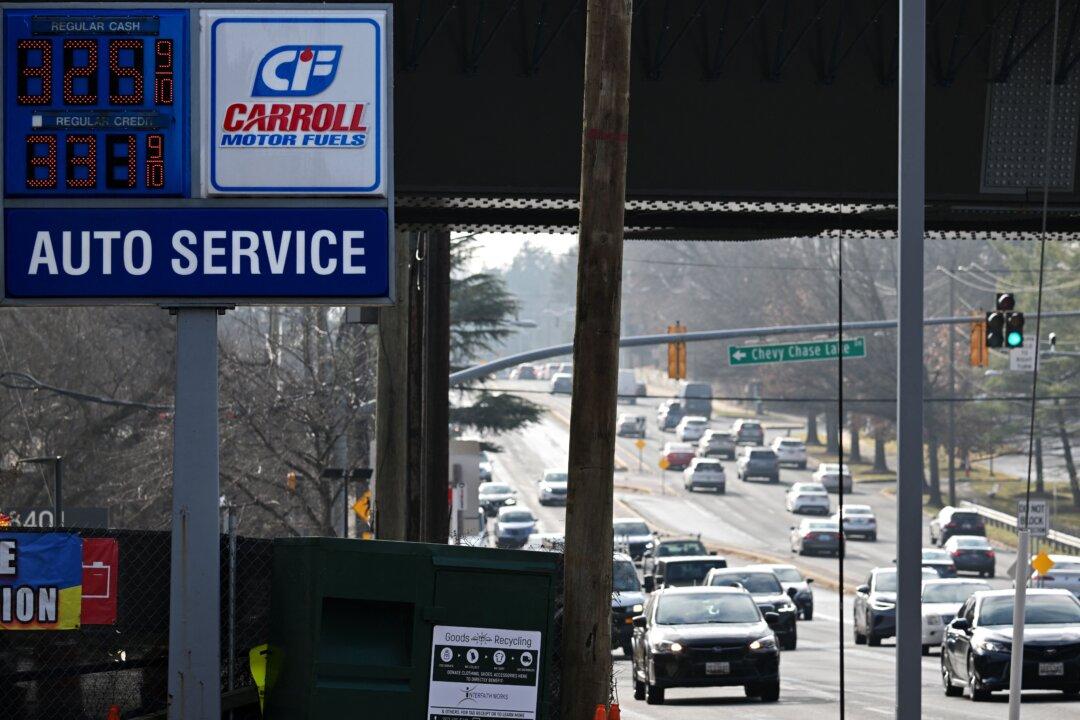The U.S. services sector returned to growth for the first time in eight months, but selling price inflation accelerated, placing those on “Team Transitory” back on the defensive, economists say.
In February, the S&P Global Services Purchasing Managers’ Index (PMI) climbed to 50.6, up from 46.8 in January; anything above 50 indicates expansion. This represented the first positive PMI reading since June 2022.





